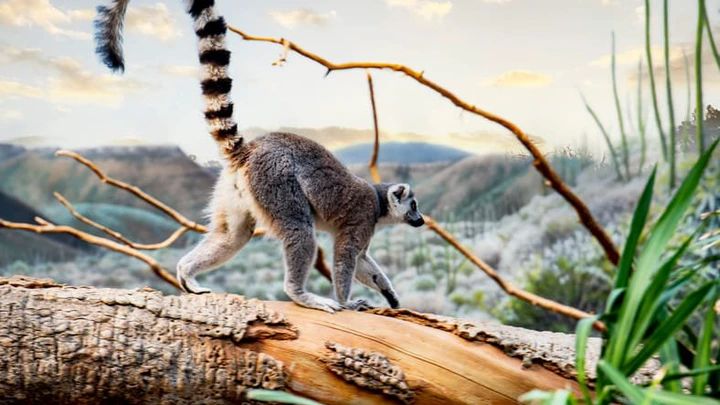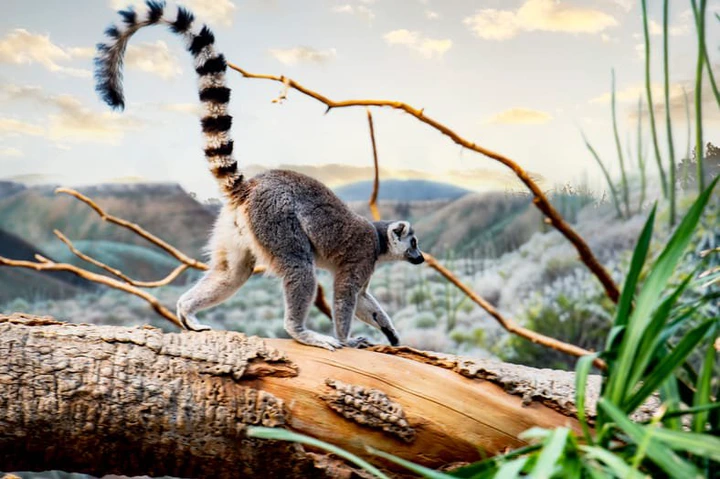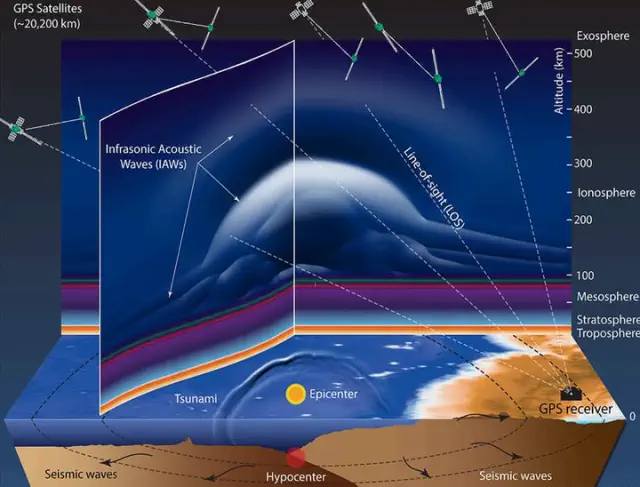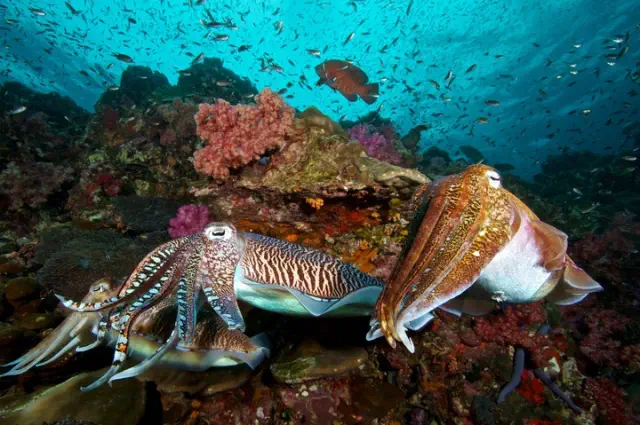
View pictures in App save up to 80% data.
The development of lemurs is regarded as distinctive since they underwent evolution in complete seclusion on the island of Madagascar millions of years ago.
The island boasted a variety of ecosystems, featuring lush tropical forests in the eastern region and arid, dry landscapes in the southwestern part.
This resulted in a variety of lemur species, from tiny mouse-sized creatures to massive sloth-like varieties. The lemurs we are familiar with today are small, have large eyes, and inhabit trees.
Over 100 species inhabit Madagascar, showcasing significant genetic diversity among them. However, a staggering 90 percent face the threat of extinction.
A group of researchers from Spain aimed to uncover the reasons behind the critical endangerment of numerous lemur species, even though they exhibit significant genetic diversity. To achieve this, they analyzed the genomes of 162 lemurs representing 50 distinct species found throughout Madagascar.
Their research uncovered the ways in which ecological elements, changes in climate, and recent human actions have influenced the genetic diversity of lemurs throughout history.
"According to Joseph Orkin, the lead researcher of the study, 'As climate changes intermittently linked previously isolated environments, lemurs from various species and groups began to interbreed, exchanging genetic material that enhanced their overall diversity.'"
"Additionally, it seems that the species with the greatest diversity are those that have fragmented populations spread throughout various ecosystems on the island. This trend of isolation followed by reconnection appears to be enhancing and redistributing genetic diversity across the entire island."
Recent human actions have significantly contributed to the decline of lemur populations. Evidence indicates that factors such as deforestation, the growth of human populations, and changes in hunting methods are closely linked to the onset of dramatic decreases in lemur numbers.

View pictures in App save up to 80% data.
The exact timeline of the first human arrival in Madagascar remains unclear, but it is believed that their population started to increase around a millennium ago. By the 1700s, the island had undergone considerable transformations in its environment.
“Upon examining the genetic data related to population decreases, we consistently identified two notable inflection points occurring approximately 1,000 and 300 years ago. It was quite remarkable to observe such a distinct correlation between the periods of human population growth and the reduction in lemur populations,” Orkin remarked.
These results may play a vital role in influencing future conservation strategies. The reduction of habitats and deforestation pose significant risks to lemurs by decreasing their population numbers and disrupting the natural links between habitats that facilitated gene flow.
In the absence of varied genetic exchanges, the likelihood of inbreeding increases, thereby heightening the risks for species that are already at a disadvantage.
Madagascar is just one of many regions worldwide experiencing a decline in biodiversity. The growing human population is driving this issue on a global scale. By increasing our understanding of how human actions impact biodiversity, we can discover more effective ways to safeguard it.
The details of the study were published in the journal Nature Ecology & Evolution.
More About:Animals









